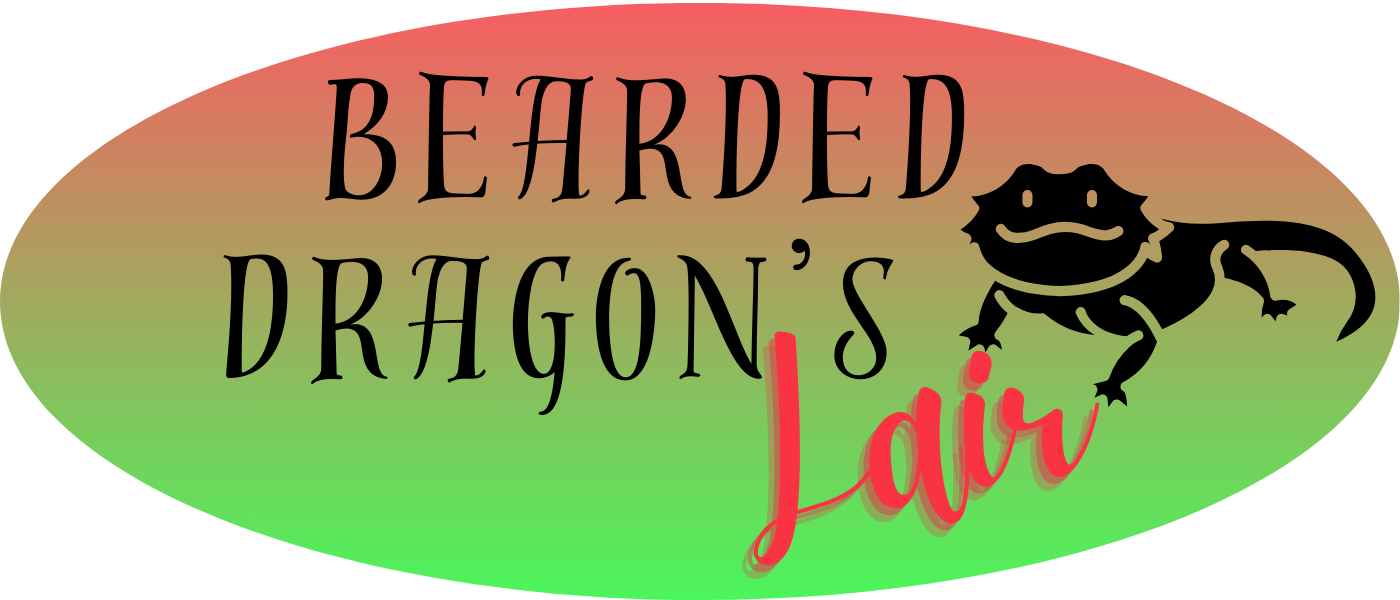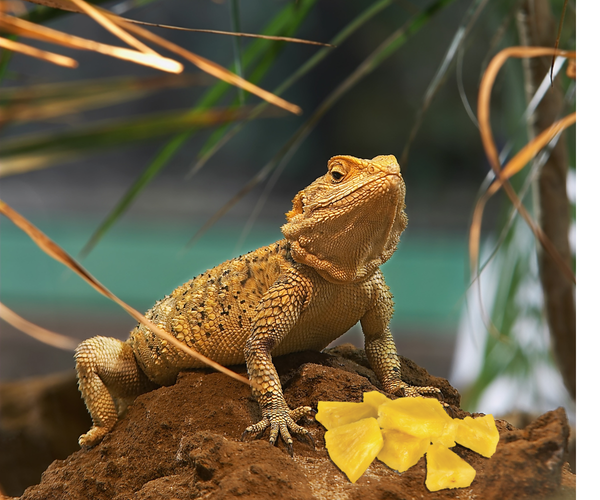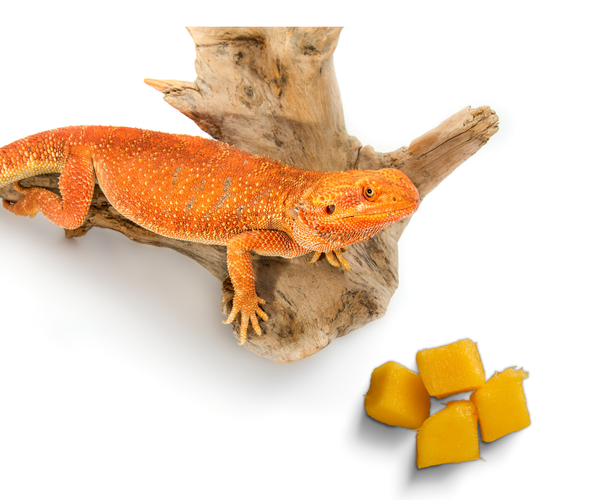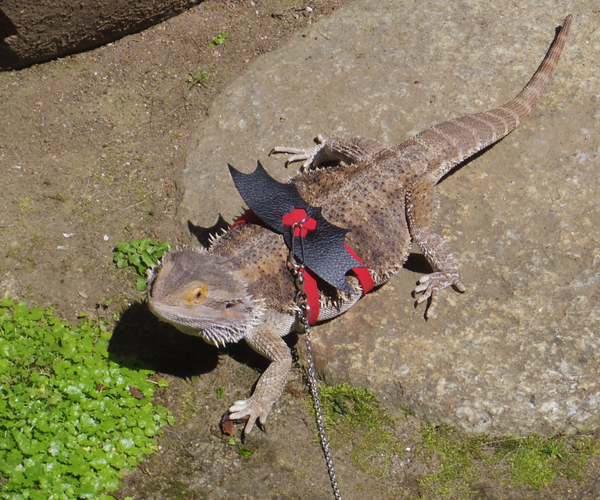The Many Breeds of Bearded Dragons
Understand the different breeds of bearded dragons and their unique characteristics.
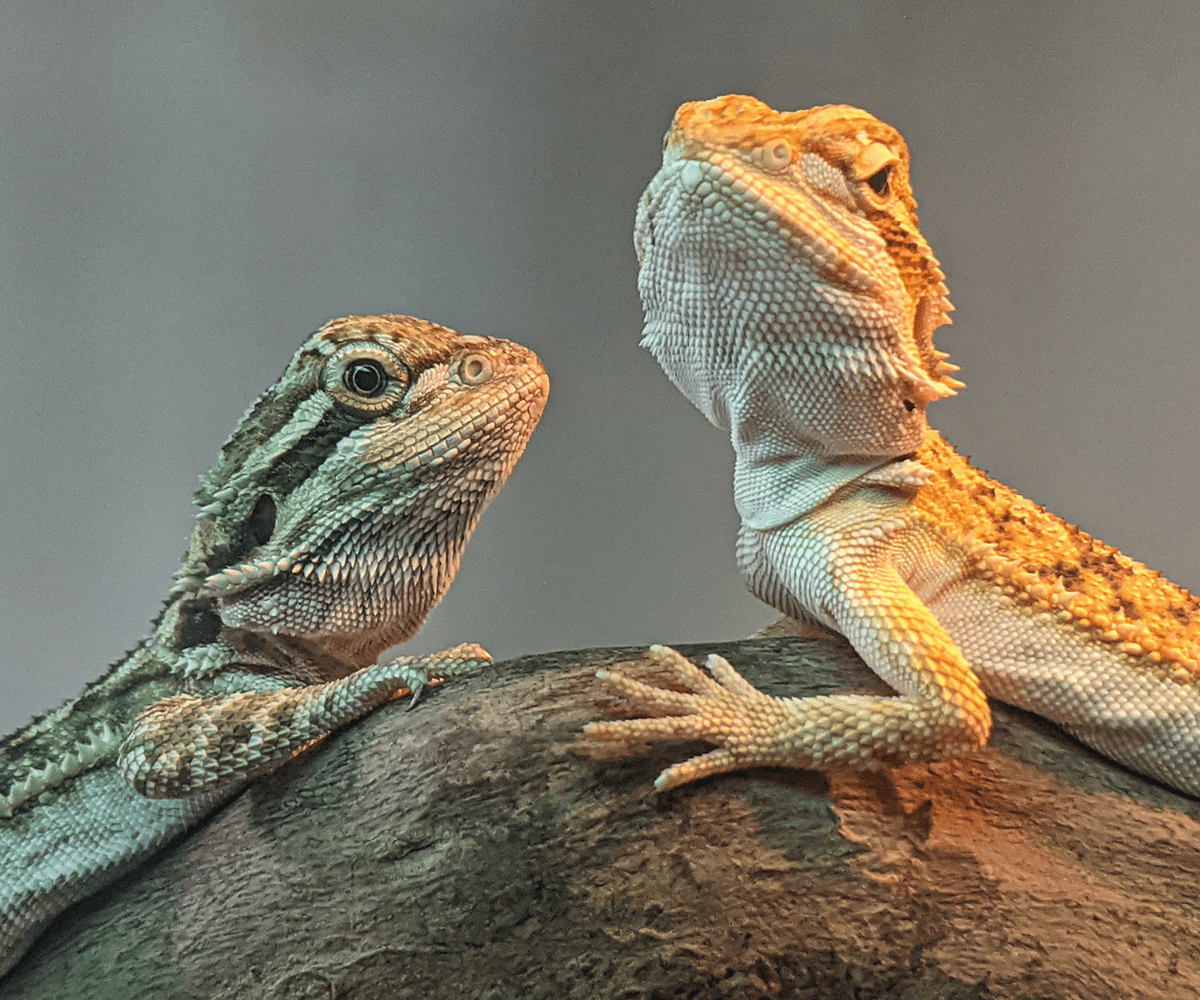
Bearded dragons are one of the most popular reptilian pets, beloved for their docile nature and expressive behaviors. With a variety of breeds available, each with its unique characteristics, potential owners and enthusiasts can find a bearded dragon that perfectly suits their lifestyle and preferences. In this comprehensive guide, we'll explore the different breeds of bearded dragons, shedding light on their origins, care requirements, and distinctive traits.
Key Takeaways:
- Understand the different breeds of bearded dragons and their unique characteristics.
- Learn about the care requirements for each bearded dragon breed.
- Discover how to identify each breed and choose the right one for your home.
Pogona Vitticeps: The Central Bearded Dragon
The Central Bearded Dragon, scientifically known as Pogona vitticeps, is the most commonly kept breed among enthusiasts. Originating from the arid woodlands and deserts of central Australia, this breed is known for its broad head and pronounced "beard" – an expandable throat pouch used for communication and mating displays. They exhibit a range of colors, from tan and brown to orange and red, often with striking patterns across their bodies.
Central Bearded Dragons are known for their adaptability and ease of care, making them ideal for first-time reptile owners. They require a basking area with temperatures between 95-110°F and a cooler zone in their enclosure to regulate their body temperature. A balanced diet of insects, vegetables, and occasional fruit is essential for their health and well-being.
Pogona Barbata: The Coastal Bearded Dragon
The Coastal Bearded Dragon, or Pogona barbata, hails from the eastern and southeastern coasts of Australia. This breed is larger and more robust than the Central Bearded Dragon, with a darker and more rugged appearance. Their beards are less pronounced, but they still display them during social interactions or when threatened.
Coastal Bearded Dragons thrive in a habitat that mimics their natural environment, with plenty of climbing opportunities and a temperature gradient similar to that of the Central Bearded Dragon. They are omnivorous, requiring a diet that includes a variety of insects, greens, and occasional fruits to maintain their health.
Pogona Minor: The Dwarf Bearded Dragon
The Dwarf Bearded Dragon, or Pogona minor, is a smaller breed that is native to Western Australia. Despite their size, they are just as charismatic as their larger counterparts. They come in a range of colors, from light tan to dark brown, and have a more streamlined appearance due to their smaller stature.
Dwarf Bearded Dragons need an enclosure that provides both warm basking areas and cooler spots to escape the heat. Their diet consists of smaller insects and a selection of appropriate vegetables and fruits. Due to their size, they are a popular choice for those with limited space who still wish to experience the joy of owning a bearded dragon.
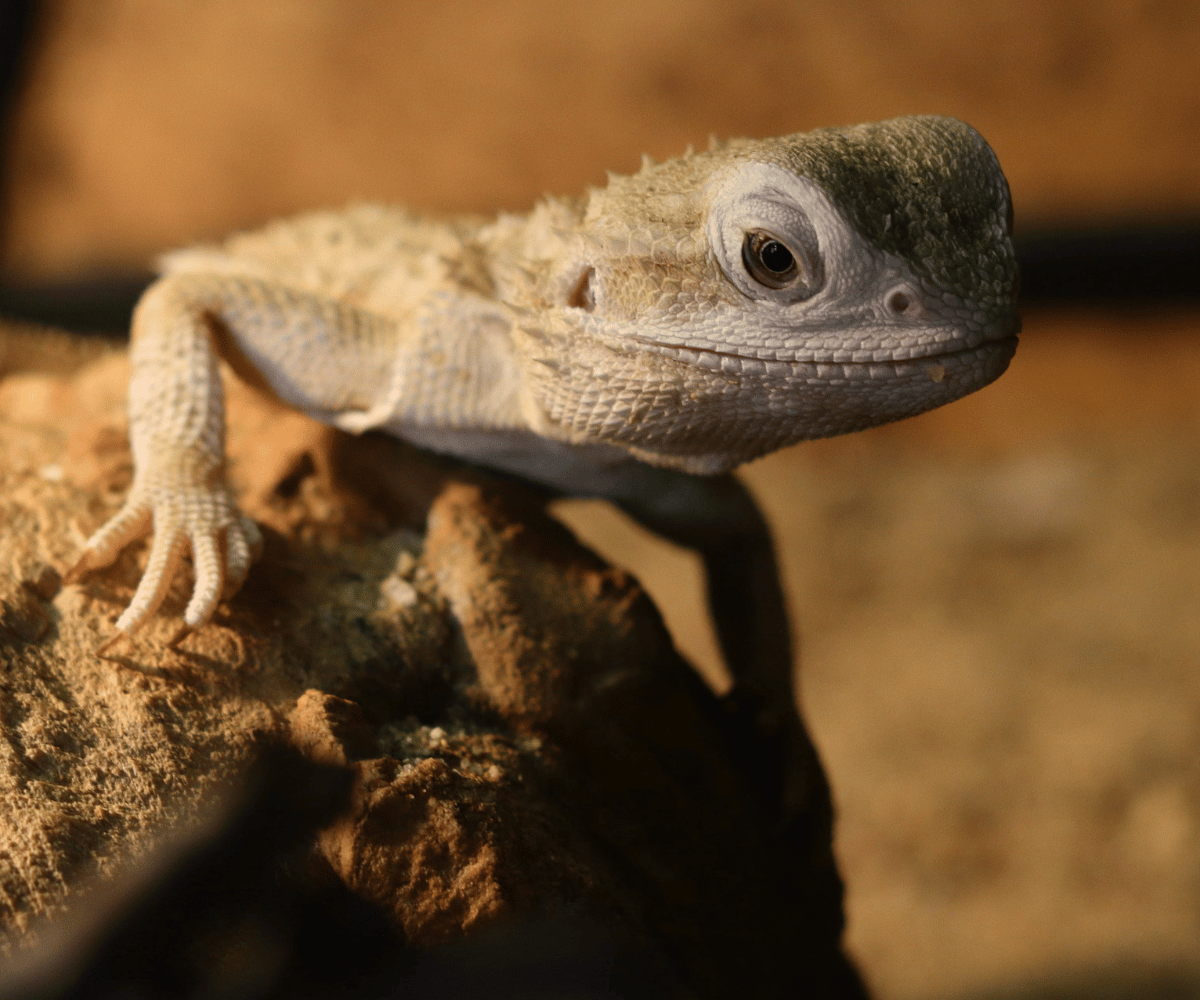
Pogona Henrylawsoni: The Rankin's Dragon
Rankin's Dragon, also known as Pogona henrylawsoni, is a breed that is often mistaken for a young Central Bearded Dragon due to its similar appearance. However, Rankin's Dragons remain small throughout their lives, reaching only about 10-12 inches in length. They have a more rounded snout and lack the pronounced beard of other breeds.
These dragons are known for their active and curious nature, requiring an enclosure with plenty of space to explore. They enjoy a varied diet of insects and plant matter, and like other breeds, they need a temperature gradient to regulate their body temperature effectively.
Pogona Microlepidota: The Small-Scaled Bearded Dragon
The Small-Scaled Bearded Dragon, or Pogona microlepidota, is one of the rarest breeds. Found in a limited range in the Northern Territory of Australia, this breed is distinguished by its small scales and a less prominent beard. They are a smaller breed, similar in size to the Dwarf Bearded Dragon, and have a calm demeanor.
Due to their rarity, Small-Scaled Bearded Dragons are not commonly found in the pet trade. Those who do keep them must provide a habitat that closely resembles their natural environment, with appropriate temperatures and humidity levels. Their diet is similar to that of other bearded dragons, consisting of insects and a variety of vegetables.
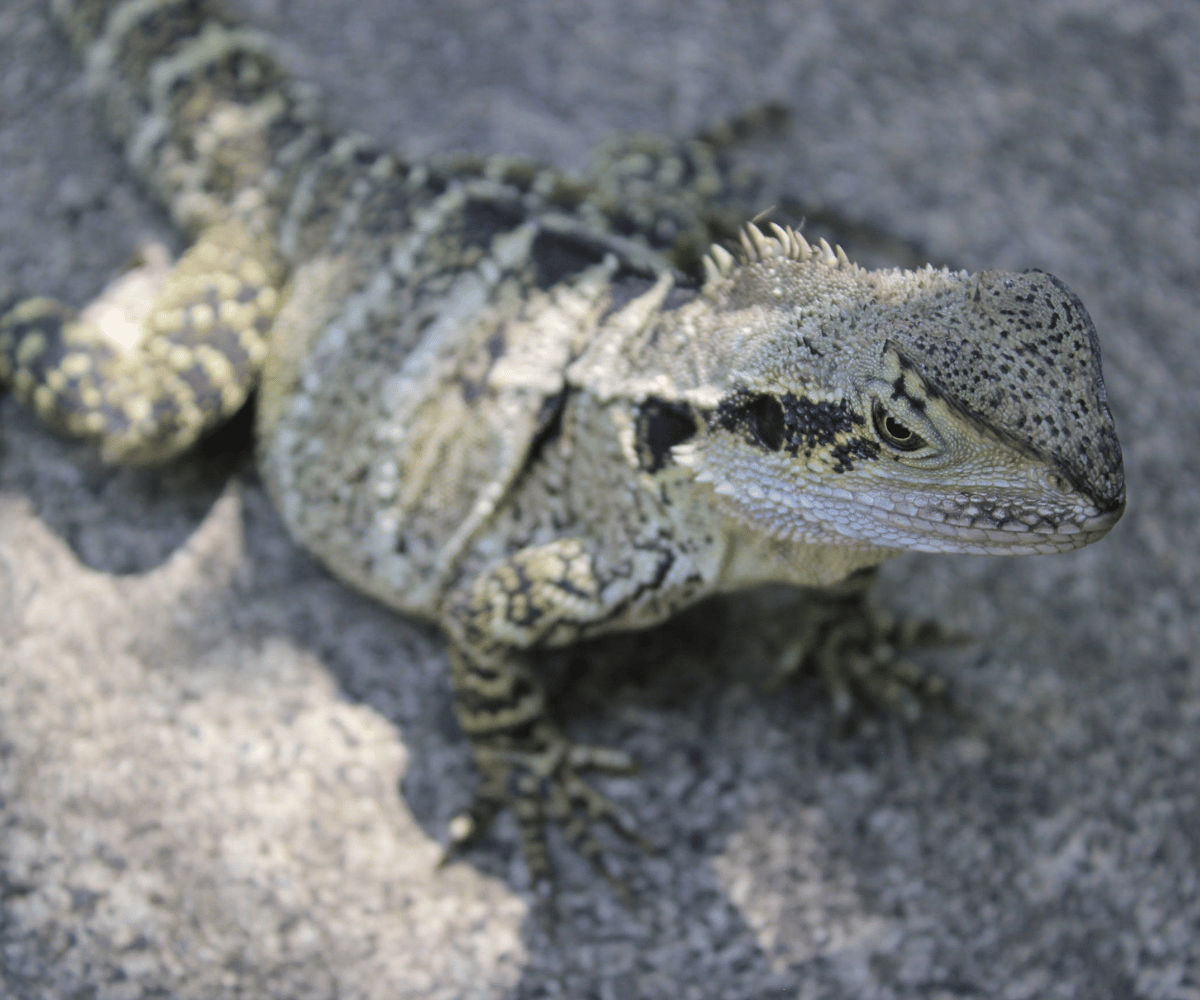
Pogona Nullarbor: The Nullarbor Bearded Dragon
The Nullarbor Bearded Dragon, Pogona nullarbor, is named after the Nullarbor Plain in southern Australia where it is found. This breed is characterized by its flat body and large, triangular head. Unlike other breeds, the Nullarbor Bearded Dragon has a smooth beard and a distinctive pattern of stripes on its body.
Nullarbor Bearded Dragons are not commonly kept as pets due to their specialized habitat requirements and relative scarcity. For those who do keep them, creating an enclosure that mimics the flat, arid plains of their natural habitat is crucial. Their diet is consistent with that of other bearded dragons, with an emphasis on insects and fresh greens.
Pogona Minor Minima: The Western Bearded Dragon
The Western Bearded Dragon, or Pogona minor minima, is a subspecies of the Dwarf Bearded Dragon. It is found in the coastal areas of Western Australia and is known for its ability to change color, often becoming darker to absorb heat more efficiently. This breed has a more triangular head and a less pronounced beard than the Central Bearded Dragon.
Western Bearded Dragons require an enclosure with a temperature gradient and UVB lighting to simulate natural sunlight. Their diet should include a mix of insects and plant-based foods to ensure they receive all the necessary nutrients for a healthy life.
Pogona Minor Mitchelli: The Mitchelli Bearded Dragon
The Mitchelli Bearded Dragon, Pogona minor mitchelli, is another subspecies of the Dwarf Bearded Dragon. It is the smallest of the bearded dragon breeds, with adults rarely exceeding 8 inches in length. They have a distinctive pattern of spots and stripes and a less prominent beard.
Due to their small size, Mitchelli Bearded Dragons can be housed in smaller enclosures than their larger relatives. However, they still require a basking area and a cooler zone within their habitat. Their diet is similar to that of other bearded dragons, focusing on appropriately sized insects and a variety of vegetables.
Pogona Minor Subspecies: The Drysdale River Bearded Dragon
The Drysdale River Bearded Dragon is a lesser-known subspecies of the Dwarf Bearded Dragon. It is found in the Drysdale River area of Western Australia and is recognized by its unique coloration and pattern. This breed is not commonly found in captivity and little is known about its specific care requirements.
For those interested in keeping a Drysdale River Bearded Dragon, it is essential to research their natural habitat and replicate it as closely as possible in captivity. Their diet would likely be similar to that of other bearded dragon breeds, with a focus on insects and fresh vegetables.
Pogona Minor Subspecies: The Kimberly Bearded Dragon
The Kimberly Bearded Dragon is another subspecies of the Dwarf Bearded Dragon, found in the Kimberly region of Western Australia. This breed has a more robust build and a distinctive pattern that helps it blend into its rocky environment. They are not commonly kept as pets and are more often the subject of study by herpetologists and enthusiasts.
For those rare individuals who keep Kimberly Bearded Dragons, providing an enclosure with plenty of rocks and hiding places is essential. Their diet should include a variety of insects and plant matter, and they require a temperature gradient to maintain their health.
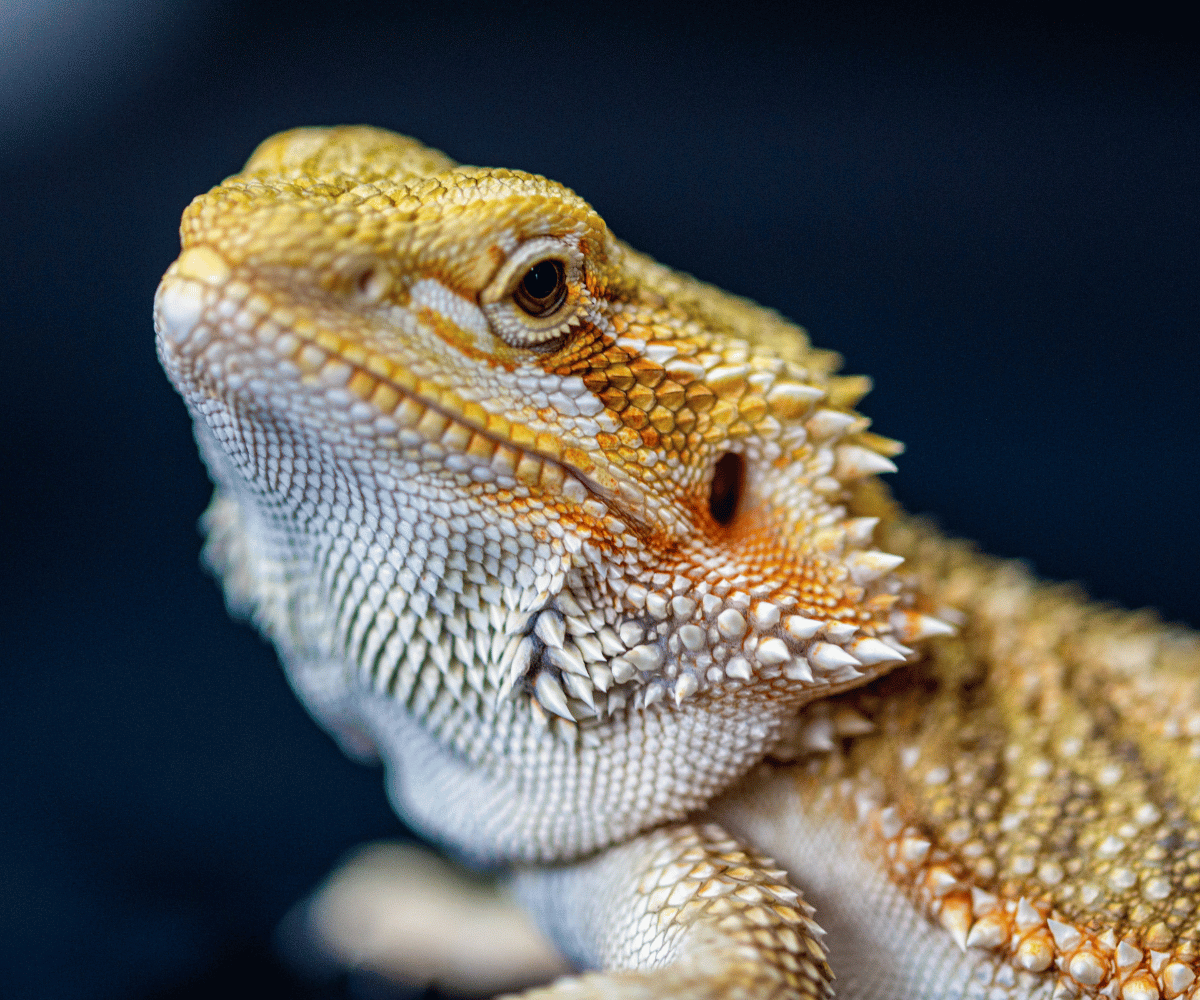
Summary
Bearded dragons come in a variety of breeds, each with its own unique characteristics and care requirements. From the popular Central Bearded Dragon to the rare and lesser-known subspecies, there is a breed to suit every level of reptile enthusiast. Understanding the specific needs of each breed is crucial for providing a healthy and enriching environment for these fascinating creatures.
FAQ Section
Q: What is the most common breed of bearded dragon kept as a pet? A: The most common breed of bearded dragon kept as a pet is the Central Bearded Dragon (Pogona vitticeps).
Q: Can all breeds of bearded dragons be kept in the same type of enclosure? A: While all breeds of bearded dragons require similar basic elements in their enclosures, such as a temperature gradient and UVB lighting, the size and specific environmental needs may vary between breeds.
Q: What do bearded dragons eat? A: Bearded dragons are omnivores and typically eat a diet consisting of insects, such as crickets and mealworms, as well as a variety of vegetables and occasional fruit. The specific diet may vary slightly between breeds and based on the dragon's age and health.
